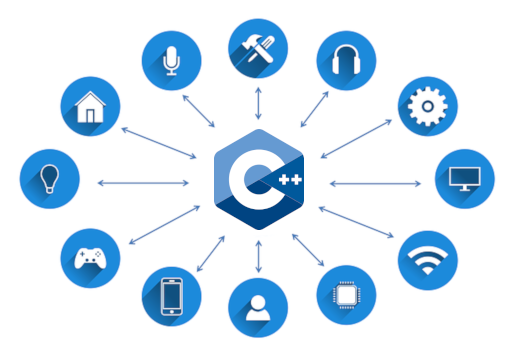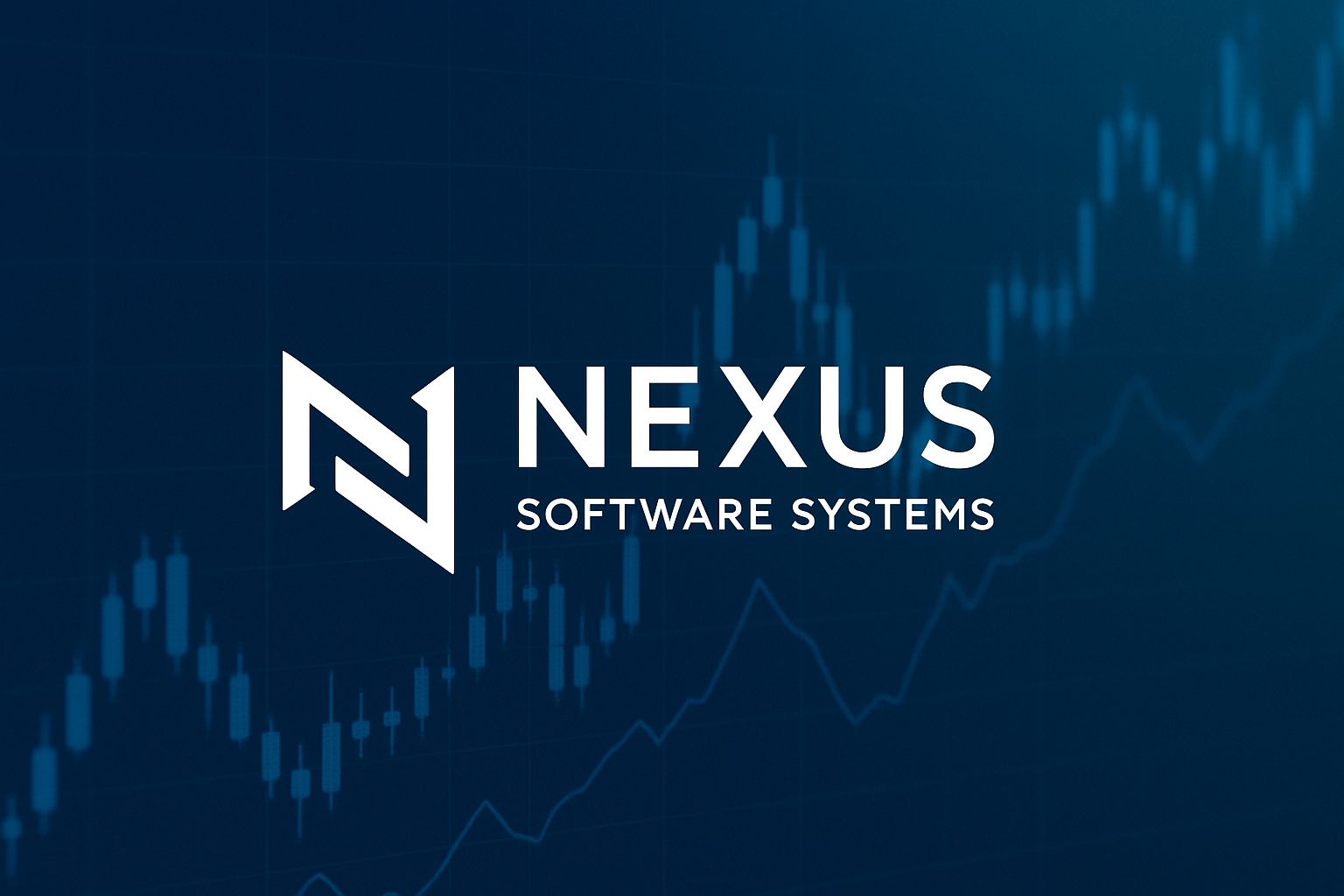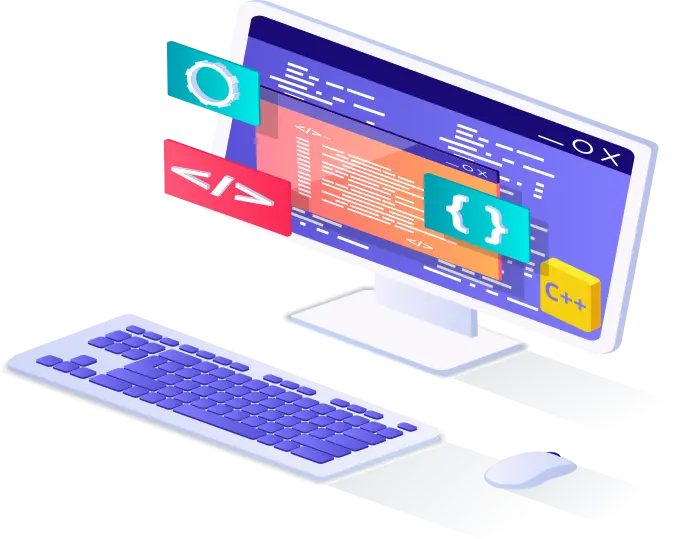In today’s interconnected world, the Internet of Things (IoT) is revolutionizing industries and transforming the way we live and work. From smart homes and wearable devices to industrial automation and intelligent transportation systems, IoT offers limitless possibilities.
When it comes to developing robust and efficient IoT solutions, one programming language stands out: C++. With its speed, versatility, and low-level control, C++ empowers developers to create high-performance applications that seamlessly integrate with IoT devices and networks.
In this article, we will explore the advantages of IoT development with C++ and delve into how this powerful language can drive innovation in the connected world.
What are the advantages of IoT development with C++?
C++ is a powerful tool for IoT development, offering a wide range of benefits that make it an ideal choice for building smart and connected systems.
C++ enables fast and reliable communication between devices and central control systems.
C++ allows you to implement efficient real-time data processing, optimize battery usage, and ensure devices operate smoothly with minimal latency.
With C++, you can collect sensor data and enable seamless integration with mobile or cloud platforms.
C++ also allows for low-level control of sensor interfaces and integration with wireless communication protocols like LoRaWAN, Wi-Fi, or Zigbee.
5 Top advantages of IoT development with C++:
-
Efficiency and Performance: IoT devices often have limited resources in terms of memory, processing power, and energy consumption. C++’s efficient memory management and low-level control allow developers to optimize resource usage, resulting in lean and high-performing applications. With C++, the ability to interface with hardware directly, without the overhead of virtual machines or interpreters, enables developers to optimize code for resource-constrained IoT devices. Ensuring efficient data processing and minimizing latency.
-
Portability and Cross-Platform Compatibility: IoT systems involve a wide range of devices with diverse architectures and specifications. C++ provides robust support for hardware abstraction, enabling developers to write portable code that can seamlessly interface with different sensors, actuators, and communication protocols. This flexibility allows for easier integration and interoperability across various IoT platforms and devices. The language’s standardization ensures consistent behavior across platforms, making it an ideal choice for developing IoT solutions that work harmoniously across a wide range of devices.
-
Reliability and Safety: IoT systems often operate in challenging or mission-critical environments, where reliability and safety are paramount. C++ supports robust error handling mechanisms and offers strong type checking, helping developers catch potential issues at compile-time. Additionally, modern C++ features, such as smart pointers, RAII (Resource Acquisition Is Initialization), and deterministic destruction, contribute to writing cleaner, more reliable and safer code that minimizes memory leaks and other common pitfalls. With C++, developers can build IoT applications that meet stringent safety and reliability requirements, ensuring smooth and uninterrupted operation of connected devices.
-
Extensive Libraries and Ecosystem: C++ boasts an extensive ecosystem of libraries and frameworks that facilitate IoT development. Libraries like Boost and POCO offer a rich set of functionalities, including networking, multithreading, cryptography, and data serialization, simplifying the implementation of complex IoT systems. These libraries enable seamless integration with cloud services, data analytics, and machine learning, unlocking the full potential of IoT applications.
-
Scalability and Future-Proofing: IoT solutions need to accommodate scalability and adaptability to handle the ever-increasing demands of a connected world. C++ provides powerful abstractions and design patterns, enabling developers to architect scalable and extensible systems. Its support for object-oriented programming, templates, and generic programming empowers developers to create modular and reusable code, facilitating easier maintenance and future enhancements. By choosing C++ for IoT development, businesses can future-proof their applications, ensuring they can evolve and grow alongside the expanding IoT landscape.
What are some examples of IoT development with C++?
C++ is widely used for IoT development due to its efficiency, performance and low-level control.
Here are some examples of how C++ is used for IoT development:
-
Home Automation Systems: C++ can be used to develop software for home automation systems. With C++, you can control and monitor various aspects of a smart home, including lighting, temperature, security systems, and appliances. For example, you can develop a smart thermostat that uses C++ to control temperature settings, monitor energy usage, and interact with other connected devices in a home automation network. C++ allows you to interface with sensors, actuators, and other devices to automate tasks and create a seamless smart home experience.
-
Industrial Automation and Control: C++ is commonly employed in industrial automation and control systems, where precise and real-time control is crucial. By utilizing C++, you can program IoT devices to monitor and control manufacturing processes, robotics, and equipment. For example, you can use C++ to develop software for an IoT device that collects data from various sensors in a factory, analyzes it in real-time, and triggers control actions based on predefined algorithms.
-
Environmental Monitoring: IoT devices used for environmental monitoring, such as weather stations or air quality sensors, can benefit from C++ programming. C++ allows you to interface with environmental sensors and collect data, which can be transmitted, processed, and analyzed in real-time. This enables the creation of intelligent systems that provide valuable insights into environmental conditions.
-
Wearable Technology: Wearable devices, such as fitness trackers and smartwatches, often require efficient and responsive software. C++ enables developers to create firmware and applications for wearables, leveraging the language’s performance and low-level control. For example, you can use C++ to develop firmware for a fitness tracker that captures biometric data, such as heart rate and steps taken.
-
Intelligent Energy Management: C++ can be used to program IoT devices for intelligent energy management and metering systems. With C++, you can develop solutions to monitor energy consumption, control devices remotely, and optimize energy usage based on real-time data. For instance, you can develop an IoT device that monitors energy consumption in a building, analyzes usage patterns, and controls appliances to optimize energy efficiency. C++’s ability to handle complex algorithms and perform real-time calculations is beneficial in managing energy-related tasks efficiently.
-
Smart Agriculture: C++ finds application in IoT devices used for smart agriculture, such as soil moisture sensors, weather stations, and automated irrigation systems. IoT devices play a vital role in optimizing resource usage and improving crop yields. For example, you can develop an IoT device that monitors soil moisture levels, ambient temperature, and humidity on a farm or in a greenhouse environment. The device can use C++ to collect and process sensor data, make intelligent decisions, and control irrigation systems to optimize water usage and crop health. C++’s performance and memory management capabilities are well suited for resource-constrained agricultural IoT applications.
-
Connected Cars and Autonomous Vehicles: The automotive industry is increasingly embracing IoT technologies. C++ is utilized in programming IoT devices for connected vehicles and transportation systems. C++ enables the development of software for vehicle diagnostics, telematics, fleet management, and intelligent transportation systems. The language’s performance and memory management capabilities are well-suited for the real-time requirements of these applications. C++ plays a significant role in programming IoT devices used in connected cars and autonomous vehicles. It allows developers to work with real-time operating systems, handle sensor data fusion, implement control algorithms, and interface with vehicle components through protocols like CAN (Controller Area Network) or FlexRay.
-
Healthcare and Telemedicine: C++ is utilized in IoT devices for healthcare applications, such as remote patient monitoring systems, medical devices, and telemedicine platforms. C++ enables developers to handle sensitive patient data securely, process real-time physiological measurements, and integrate with communication protocols for remote consultations.
-
Asset Tracking and Logistics: C++ is employed in IoT devices for asset tracking and logistics applications, allowing companies to monitor and manage their inventory, track shipments, and optimize supply chain processes. C++ enables efficient data processing, integration with communication protocols like GPS or RFID, and real-time analytics.
These are just a few examples of how C++ can be used for IoT development. The efficiency, performance, and versatility of C++ make it a preferred choice for developing a wide range of IoT applications across various industries.
How to use C++ for IoT development?
Using C++ for IoT development involves several key steps. Here’s a guide to help you get started:
-
Set up the Development Environment: To begin using C++ for IoT, you’ll need to set up your development environment. Install a C++ compiler such as GCC (GNU Compiler Collection) or Clang, which are available for various platforms and operating systems. Choose an Integrated Development Environment (IDE) that suits your preferences, such as Visual Studio, NetBeans, or Eclipse. Additionally, ensure you have access to the necessary IoT hardware and libraries for your project.
-
Understand the IoT Platform: Before diving into coding, familiarize yourself with the IoT platform you’ll be working with. Each platform may have its own specifications, protocols, and APIs. Understand the hardware capabilities, communication protocols (such as MQTT or CoAP), data formats (like JSON or Protobuf), and security requirements. This knowledge will guide your code implementation.
-
Learn Embedded Systems Programming: IoT devices often operate on resource-constrained embedded systems. Understanding embedded systems programming concepts is crucial for efficient IoT development. Familiarize yourself with concepts like memory management, interrupts, timers, and GPIO (General Purpose Input/Output) operations. These concepts enable you to interact with sensors, actuators, and other peripherals.
-
Utilize IoT Libraries and Frameworks: Leverage existing IoT libraries and frameworks to expedite your development process. C++ offers several libraries that facilitate IoT-related tasks. For example, Boost.Asio provides networking capabilities, Paho MQTT supports MQTT protocol implementation, and WiringPi assists in GPIO operations for Raspberry Pi. Research and select libraries that align with your project requirements.
-
Implement Device Communication: IoT devices rely on communication protocols to exchange data with other devices or cloud platforms. Implement the necessary communication protocols based on your IoT platform’s specifications. For example, establish connections using TCP/IP or UDP sockets, HTTP requests, or MQTT messaging. Ensure you handle data serialization, error handling, and security considerations during communication.
-
Optimize Memory and Resource Usage: Given the limited resources of IoT devices, optimize memory usage and resource allocation. Use techniques like dynamic memory allocation sparingly, as it can lead to memory fragmentation and potential crashes. Instead, prefer static memory allocation or employ smart pointers and resource management techniques, such as RAII (Resource Acquisition Is Initialization).
-
Ensure Security: IoT devices often handle sensitive data, making security a crucial aspect. Implement security measures, such as encryption and authentication protocols, to protect data transmission and device access. Follow security best practices, keep software updated, and consider potential vulnerabilities when designing your IoT system.
-
Test and Debug: Thoroughly test your IoT application to ensure proper functionality and identify any bugs or issues. Use debugging tools provided by your IDE or platform-specific debugging tools. Conduct unit testing, integration testing, and system testing to verify the overall behavior of your IoT solution. Consider edge cases, error conditions, and environmental factors during testing.
-
Deploy and Maintain: Once your IoT application is thoroughly tested, deploy it to the target IoT devices. Monitor your deployed devices and consider implementing remote management and firmware update capabilities. Maintain your IoT system by regularly updating firmware, addressing security vulnerabilities, and adding new features based on user feedback and requirements.
Remember, the process of using C++ for IoT development involves continuous learning and adaptation. Stay updated with the latest trends, protocols, and best practices in the IoT domain to ensure your applications remain efficient, secure, and scalable as the IoT landscape continues to evolve.
Conclusion
As the Internet of Things continues to grow and reshape industries, the choice of programming language becomes crucial to unlocking the true potential of connected devices. With its performance, efficiency, portability, robustness, and scalability, C++ emerges as an excellent choice for IoT application development. Leveraging the power of C++, developers can create innovative and reliable IoT solutions that bridge the physical and digital realms, revolutionizing industries and transforming the way we interact with technology. By embracing C++ for IoT, businesses can embark on a path of endless possibilities and capitalize on the transformative potential of the Internet of Things.
With over 35 years of C++ development experience, we can help you leverage the powerful performance of the C++ programming language for your IoT applications …
Contact us today to schedule a free consultation and see how we can help you achieve your IoT development goals.
Related services: Embedded Software Development
IoT Software Development



